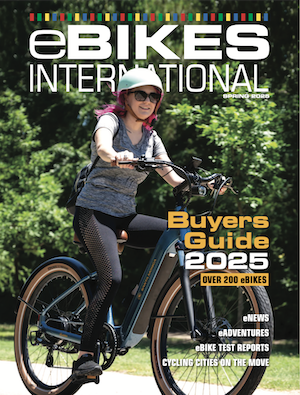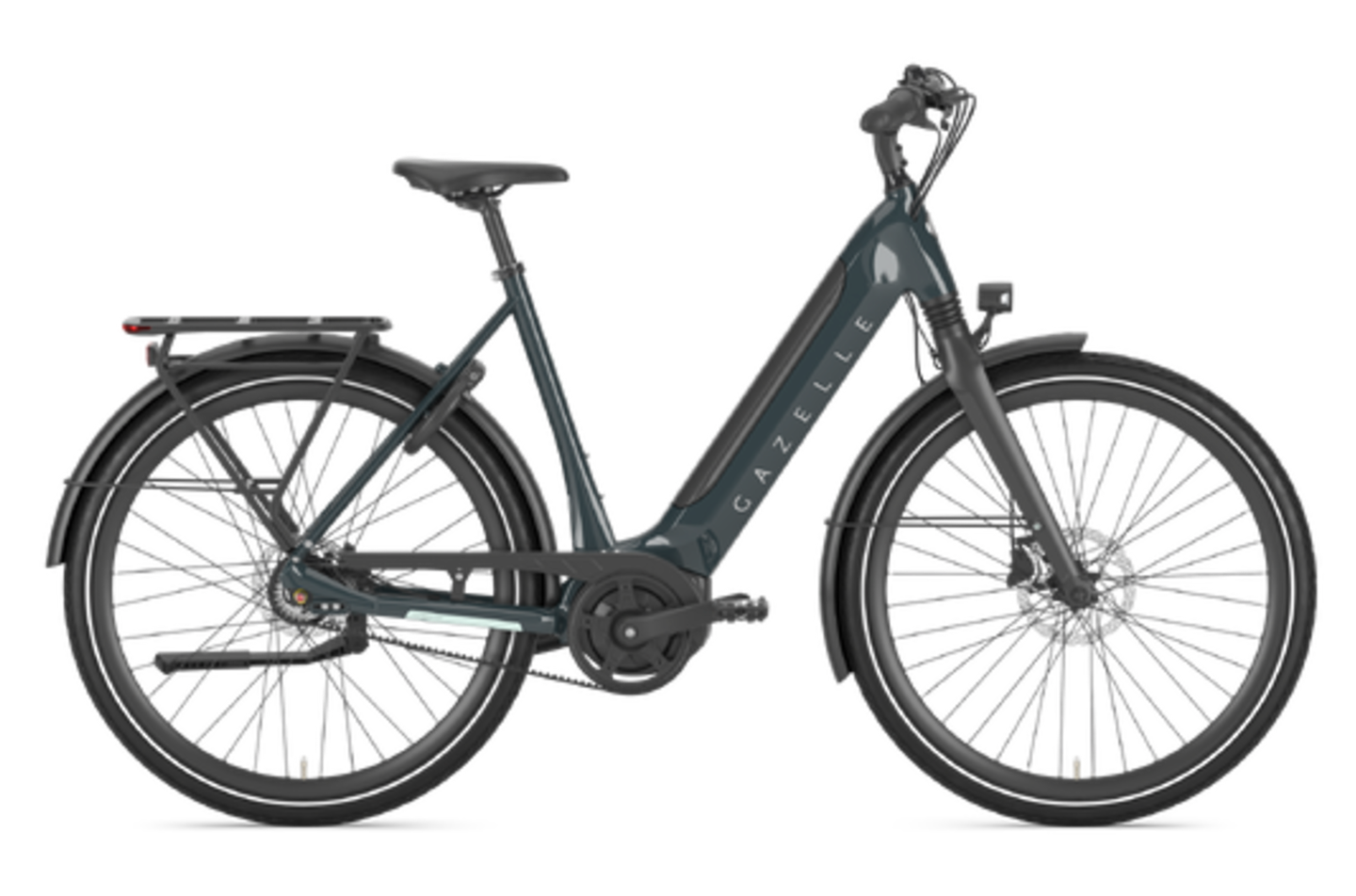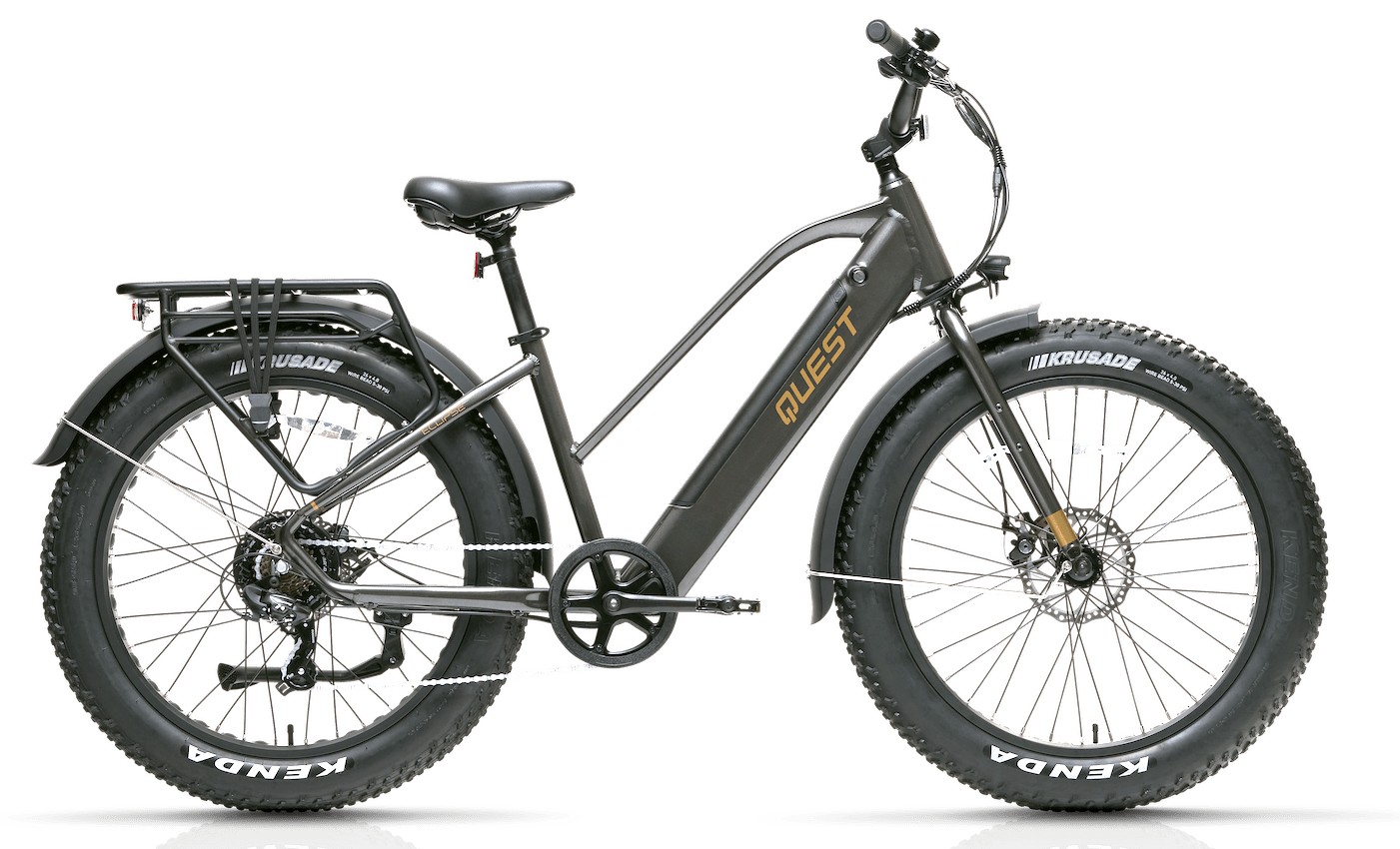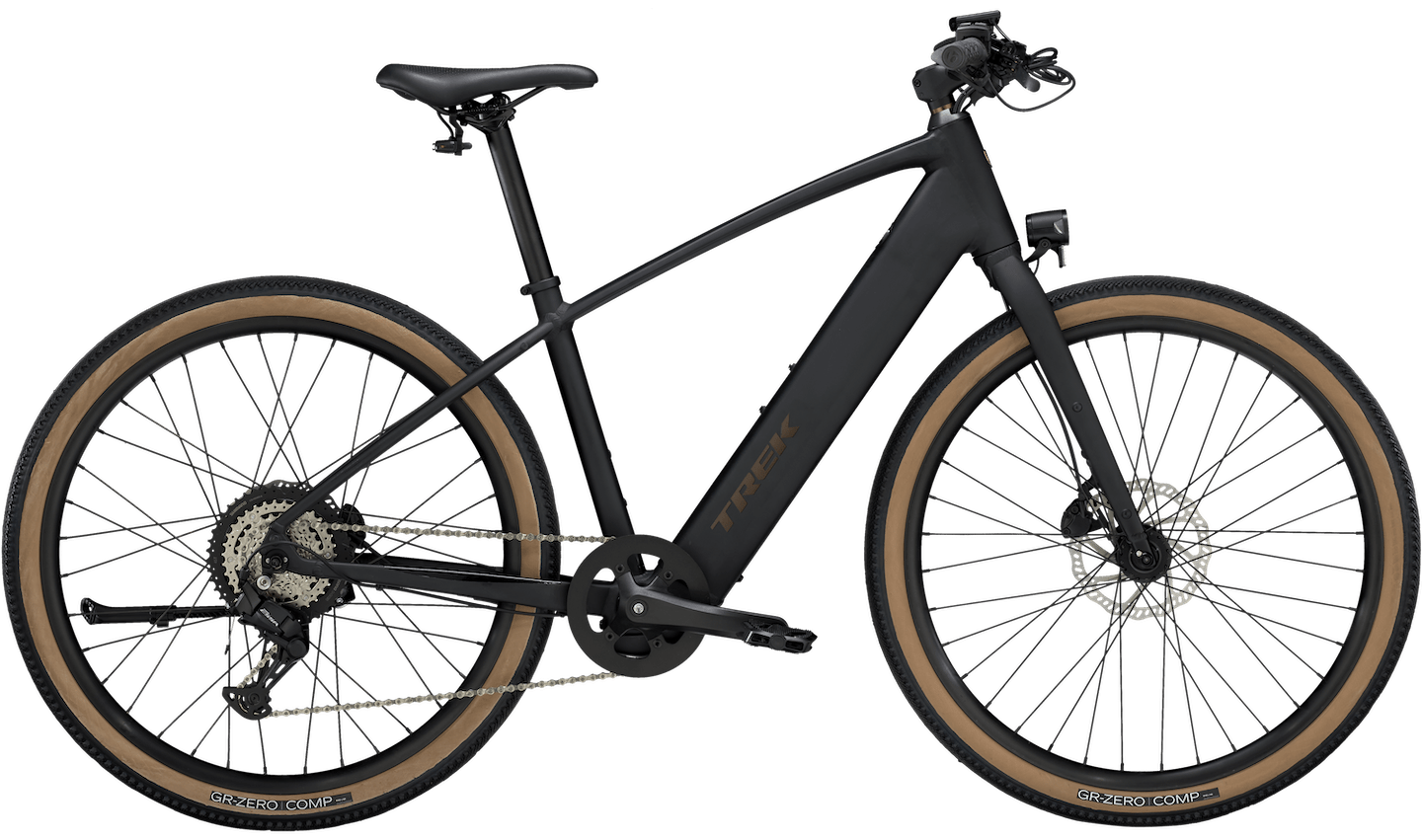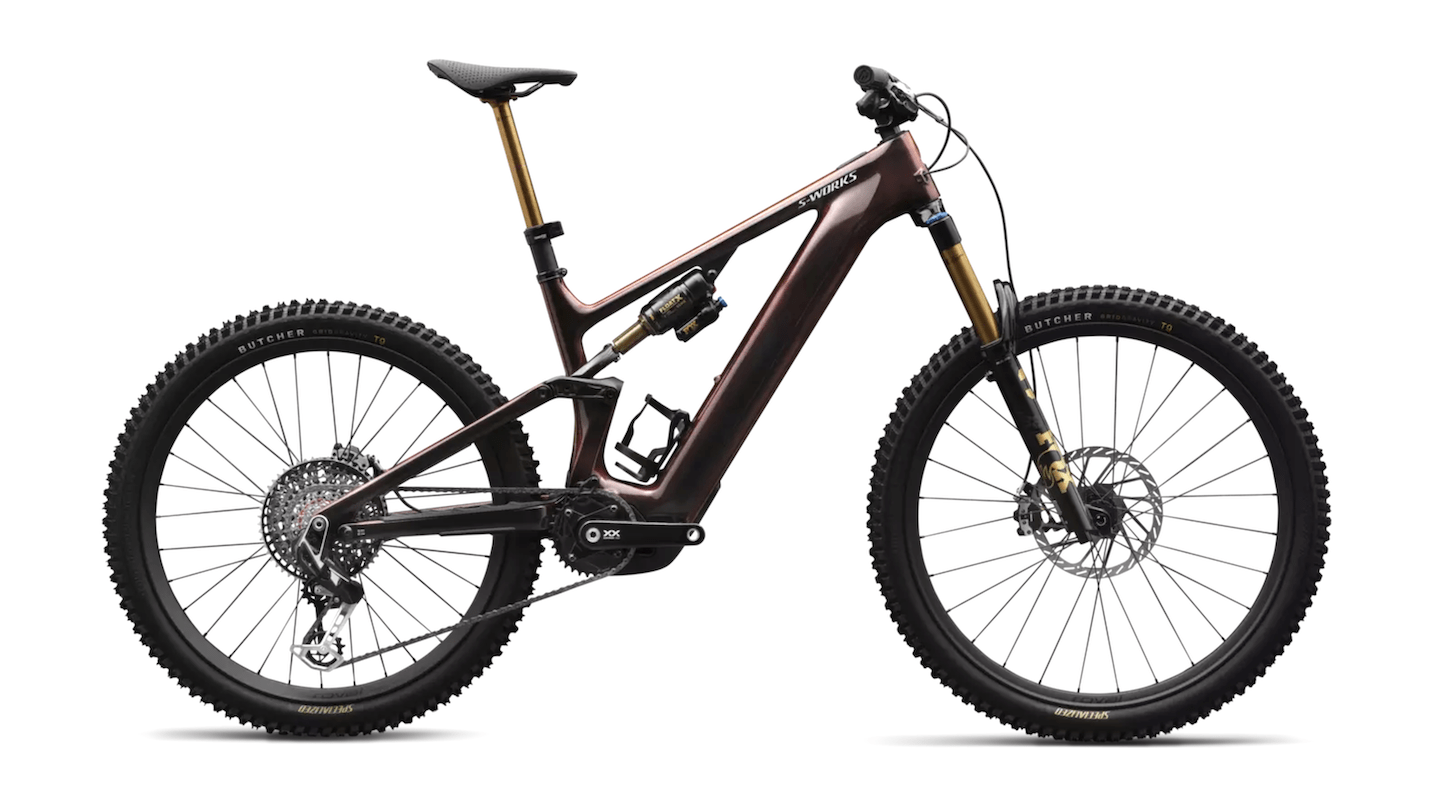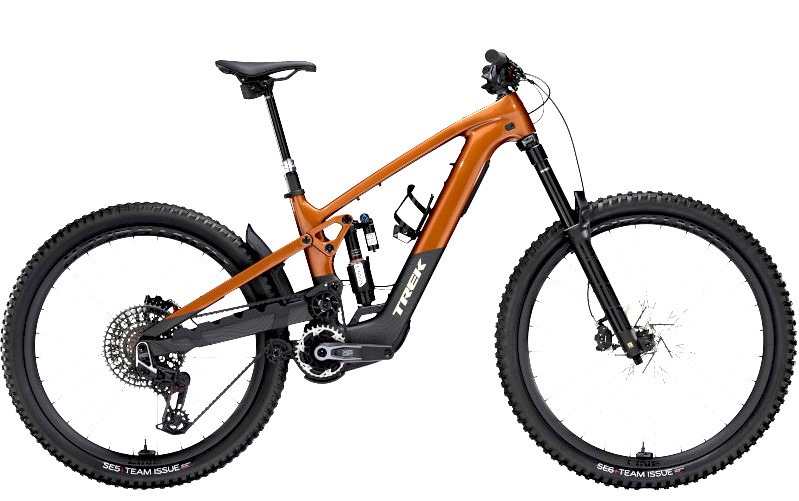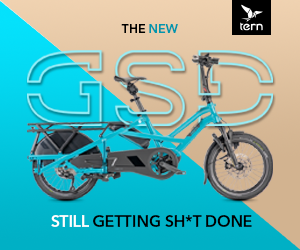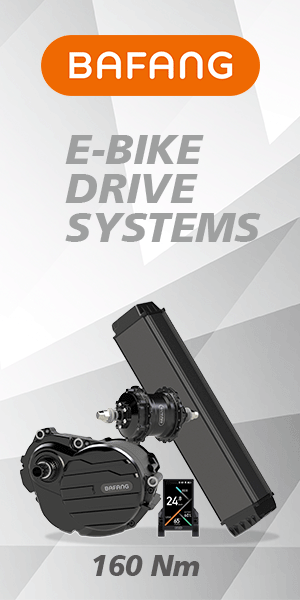September 17, 2021 - (Munich, GER) With the BMW i Vision AMBY, the first high-speed pedelec for urbanists, the BMW Group is presenting a visionary two-wheeled solution for the urban mobility of tomorrow.
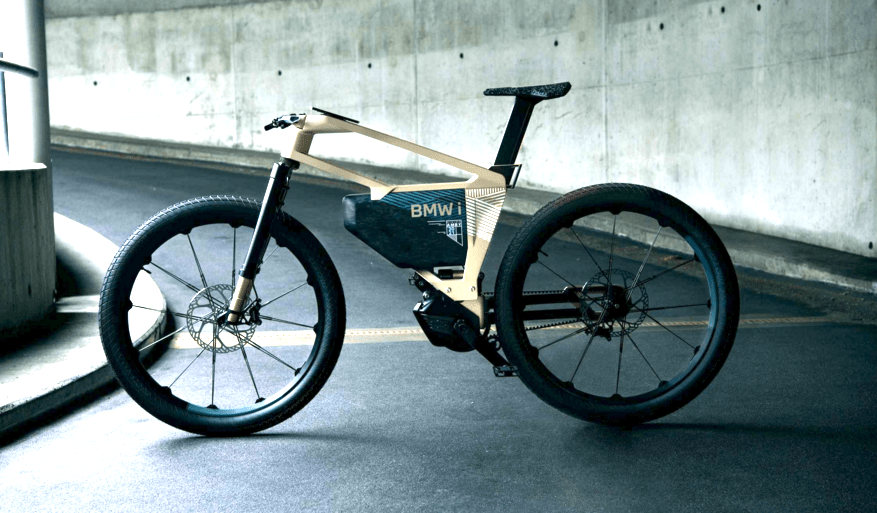
From the outside, the BMW i Vision AMBY looks similar to an e-bike, but it offers significantly more possibilities. It is one of five different concept vehicles with which the BMW Group is presenting its vision of individual mobility in cities and their surrounding areas at the IAA Mobility event.
Under a single umbrella spanning electric mobility, digitality and sustainability, the five pioneering concepts create a versatile mobility mix on two and four wheels fuelled by sustainable thinking which comprehensively addresses an extremely wide range of mobility needs.
The BMW i Vision AMBY and BMW Motorrad Vision AMBY
AMBY is a neologism for “adaptive mobility”. The BMW i Vision AMBY and BMW Motorrad Vision AMBY Vision Vehicles (see also the separate press release on the BMW Motorrad Vision AMBY) interpret the basic idea of adaptive urban mobility on two wheels in different ways. The two vehicles are both fitted with an electric drive system with three speed ratings for different types of roads. The drive system enables speeds of up to 25 km/h (15.5 mph) on cycle tracks, up to 45 km/h (28 mph) on city-centre roads and up to 60 km/h (37 mph) on multi-lane roads and outside urban areas. However, insurance plates and a corresponding licence are required for the higher speeds. While users of the BMW i Vision AMBY high-speed pedelec have to constantly pedal in order to benefit from the assistance of the electric drive system, the BMW Motorrad Vision AMBY accelerates via a throttle grip/throttle lever and has motorcycle-style footrests instead of pedals.
The modes available to the rider are stored in the app on the smartphone linked with the “AMBY” Vision Vehicle. Manual selection of the modes is perfectly feasible, as are automatic recognition of location and road type via geofencing technology and the associated automatic adjustment of top speed. In the absence of any existing legal framework for a vehicle of this kind with a modular speed concept, the “AMBY” Vision Vehicles set out to prompt the introduction of such legislation and by consequence developments of this nature. The BMW Group is therefore showing its keenness to remain part of the mobility conversation in cities, even if in the years ahead those cities offer motor cars an increasingly small space in which to function.
Defying Categorization
“Everywhere you look, apparently established categories are being blown apart – and that’s a good thing. In the future, classifications such as ‘car’, ‘bicycle’ and ‘motorcycle’ should not determine the nature of the products we think up, develop and offer,” explains Werner Haumayr, Vice President BMW Group Design Conception. “Rather, this paradigm shift gives us the opportunity to tailor products to people’s lifestyles – as we can see with the BMW i Vision AMBY high-speed pedelec. This vehicle occupies the space between a bicycle and a light motorcycle and allows our customers to decide for themselves which roads or routes they want to travel on through an urban area. They have all the flexibility possible, at the same time as turning the pedals and keeping themselves fit. The modes and clever route selection are intended to make it one of the fastest travel options through a city.”
The BMW Group views the BMW i Vision AMBY as an attractive means of transport for the future in larger cities. As a second vehicle for a family or an entry point into the world of pedal-driven, electrified two-wheeled vehicles, the BMW i Vision AMBY offers an extremely varied range of applications. It hugely expands the usage scope of a conventional e-bike through clever technologies related to the three riding modes.
The design: more than an e-bike
The design of the BMW i Vision AMBY is defined by visual lightness and powerful athleticism. And every detail promises that it is capable of more than a regular e-bike. The frame structure is larger and the impression is one of greater strength and stability in every respect. The modern frame geometry feels like a mixture of racing bike and sporty e-bike. The upper frame tube, crafted from four sculptural aluminium profiles, represents an expressive and modern statement of intent – and not only in visual terms. A slightly rising sweep to its design underscores the dynamic intent. The space between the profiles also offers stowage room for a backpack or laptop bag. Located just before the handlebars is the smartphone integration pad, which holds the device safely in place using magnets and ensures it is highly visible.
The battery is positioned in the centre of the frame. Its 2,000 Wh enables a range of up to 300 km (186 miles), depending on the riding mode. Thanks to fast charging technology, it recharges in only three hours. The drive unit, which is positioned close to the pedals and is also black in colour, only provides assistance when the pedals are being turned. Power transfer is by low-maintenance toothed belt, and the transmission is integrated into the drive system. A sophisticated single-sided swinging arm otherwise unique to BMW Motorrad links the rear wheel with the frame. 120 mm of suspension travel front and rear is ideal for all applications in and around town at speeds of up to 60 km/h (37 mph). The 27.5-inch wheels are fitted with larger and wider tyres than normal in order to ensure exceptional comfort and safety even at higher speeds.
Impressively integrated details and ease of transportation.
The design of the handlebar stem as part of the frame has a very technical and high-quality feel. A slim, horizontal LED light strip is integrated into the wide handlebars and underscores the cutting-edge, technical look of this frame section. Likewise fully integrated brakes and internally routed cables set the seal on the aura of technical modernity covering the handlebar area. The vertical LED rear light is integrated into the seat post. Below it, an e-ink display shows the riding mode in use.
The rear wheel with central fastening can be released and removed easily for optimum ease of transportation. The wheel in the front suspension fork can likewise be removed in the classical way with a screw. The result is a compact construction, and the battery can also be removed and stored separately, which reduces load weight.
Focus on sustainability.
A pedal-driven two-wheeled vehicle brings many benefits to urban conurbations as a means of transport – in terms of zero emissions functionality, traffic area development and energy efficiency – through its underlying concept alone. The BMW i Vision AMBY two-wheeler also forms part of the circular economy messaging for the BMW i Vision Circular, which is likewise celebrating its premiere at the IAA 2021 Mobility. The frame can be clearly recognised as being made from the same anodised secondary aluminium as the main body of the BMW i Vision Circular. Added to which, parts of the handlebars and battery cover are manufactured from “floating grey polymers”, a recycled plastic also employed in the bumpers of the Vision Vehicle. These materials can be fed back into the BMW Group materials cycle more easily once the product has reached the end of its life. An oil derived from rapeseed is used as brake fluid. And the BMW Group was also careful to ensure the components of the BMW i Vision AMBY were produced locally in Germany and – with the supply chain in mind – transportation distances for them were kept to a minimum.
More details on the sustainability-related themes around the BMW Group’s concept vehicles at IAA Mobility 2021 can be found on the BMW Circular Lab microsite at bmw.com, in the BMW Circular Hub at Max-Joseph-Platz in central Munich and in connection with the BMW i Vision Circular Vision Vehicle.
Smartphones act as a key.
Users can prime the BMW i Vision AMBY for use, load their stored licence classes and apply the required level of insurance cover on demand using a specially developed app. The app therefore takes on the role traditionally performed by a vehicle key. It uses familiar smartphone identification functionality (e.g. facial recognition) in the same way as the Digital Key, which was introduced by the BMW Group in an automotive industry first and turns a compatible iPhone into a digital car key by allowing customers to unlock, lock and, of course, start their BMW safely and easily. Other basic functions and status requests (e.g. the current and scheduled charge level) are also available, as when using the BMW app. The electrically adjustable seat post is optimised biometrically to match the profile stored in the app, with the settings adjusted according to pre-entered data – such as the height and inside leg measurement of the user – before setting off. Over-the-air updates allow customers to download software updates and adjustments at any time. The smartphone shown on the Vision Vehicle charges inductively on the magnetic bracket low down in the rider’s field of view. These connectivity options also bring theft-proofing and the free programmable immobiliser as a basic function. And the search function “Where is my BMW i Vision AMBY” is just a click on a smartphone away.
Geofencing technology plays a central role.
Instead of the user choosing the riding mode themselves, geofencing technology – in combination with the detailed HERE map service – is able to create the relevant parameters for automatically setting the speed mode (25/ 45/ 60 km/h [15.5/ 28/ 37 mph]) and corresponding insurance cover. This geofencing technology enables the vehicle to recognise the type of road being used and automatically adjusts the maximum permitted speed accordingly. This means the BMW i Vision AMBY can turn from a pedelec into an S-pedelec-type vehicle or even one similar to a motorcycle. Manual mode control is, of course, also provided in order to give the user maximum freedom when it comes to using the various types of route. However, intelligent technology ensures the relevant traffic and safety rules are still kept to at all times. The mode engaged is shown on the display using e-ink technology – this makes it easy for other road users to identify the mode activated/selected.
Other technological functions that could be included in the BMW i Vision AMBY are an ABS system optimised for bicycles, an automatic high-beam assistant and brake light assistant, and a daytime riding light – all of which could increase safety. A tyre pressure monitoring system similar to that fitted to BMW Group motorcycles is also a possibility. Meanwhile, a proximity radar operating over a range of up to 140 m gives the user a visual and acoustic warning (via the app) of vehicles approaching from the rear, and rounds off the range of possible safety features.
Performance data for the BMW i Vision AMBY
Battery: 2,000 Wh
Charging time: three hours (fast charging)
Vmod1: up to 25 km/h / 15.5 mph
Vmod2: up to 45 km/h / 28 mph
Vmodmax: up to 60 km/h / 37 mph
Range:
– 300+ km / 186+ miles (up to 25 km/h / 15.5 mph Vmax)
– 180 km / 112 miles (up to 45 km/h / 28 mph Vmax)
– 75 km / 47 miles (up to 60 km/h / 37 mph Vmax)
Wheelbase: 1160mm (frame size M/ L)
Suspension travel: 120 mm front & rear
Weight: approx. 30 kg



